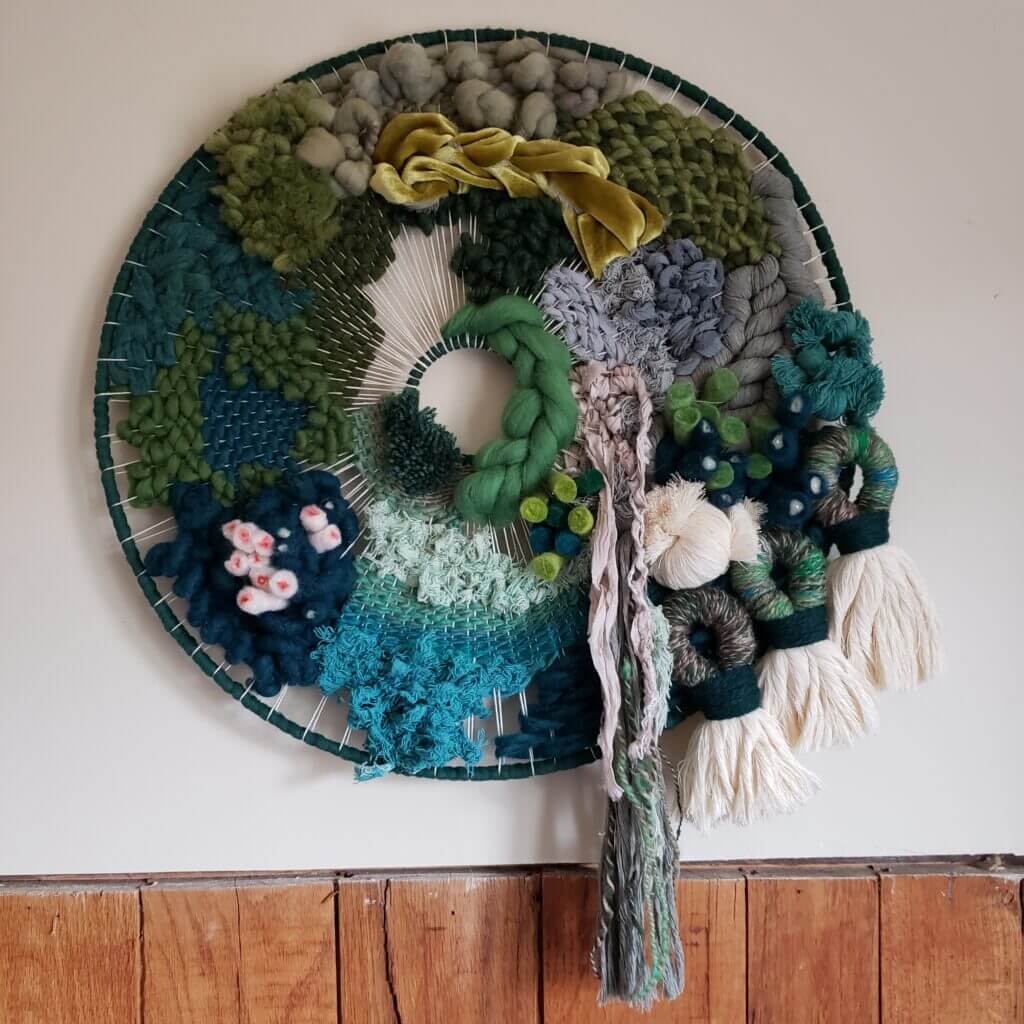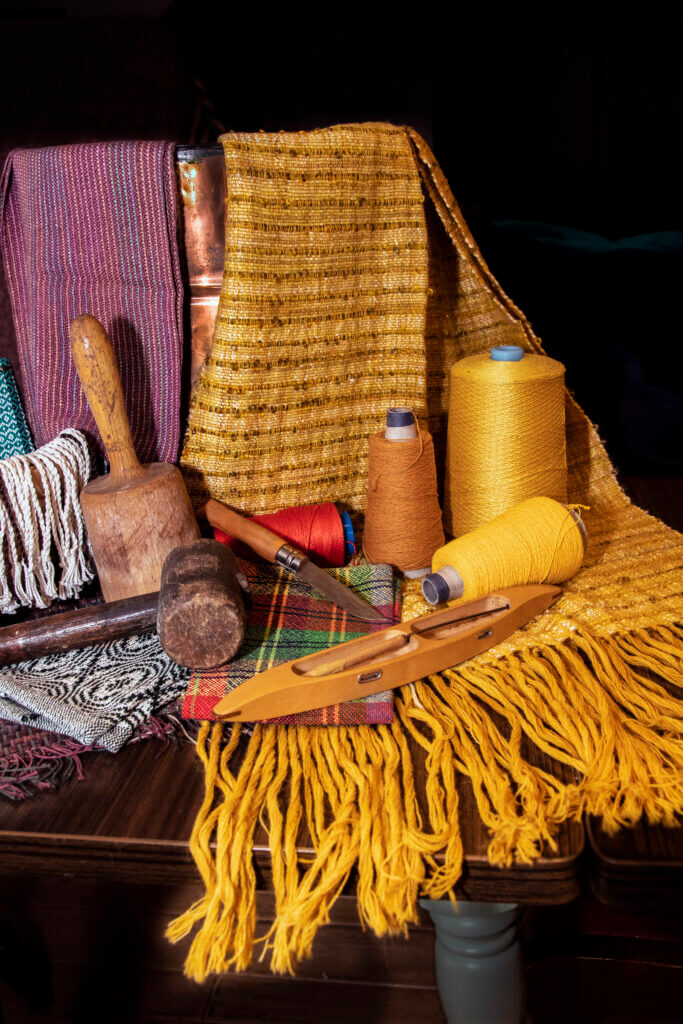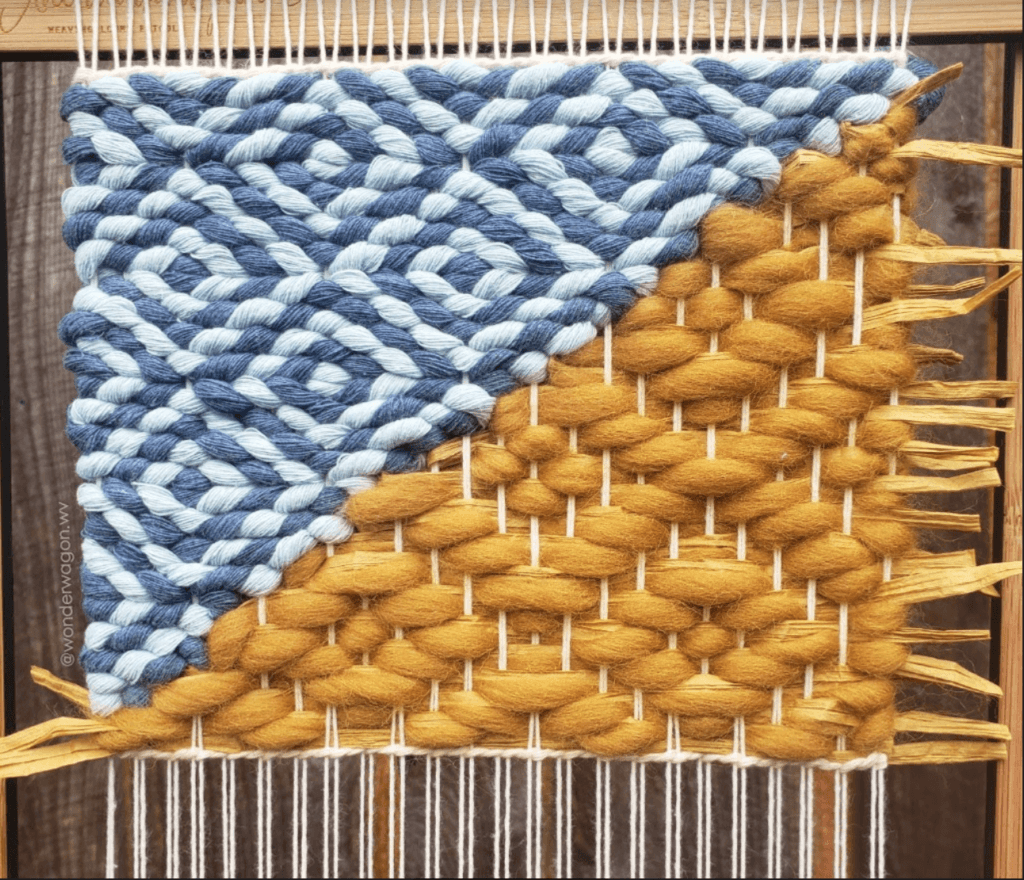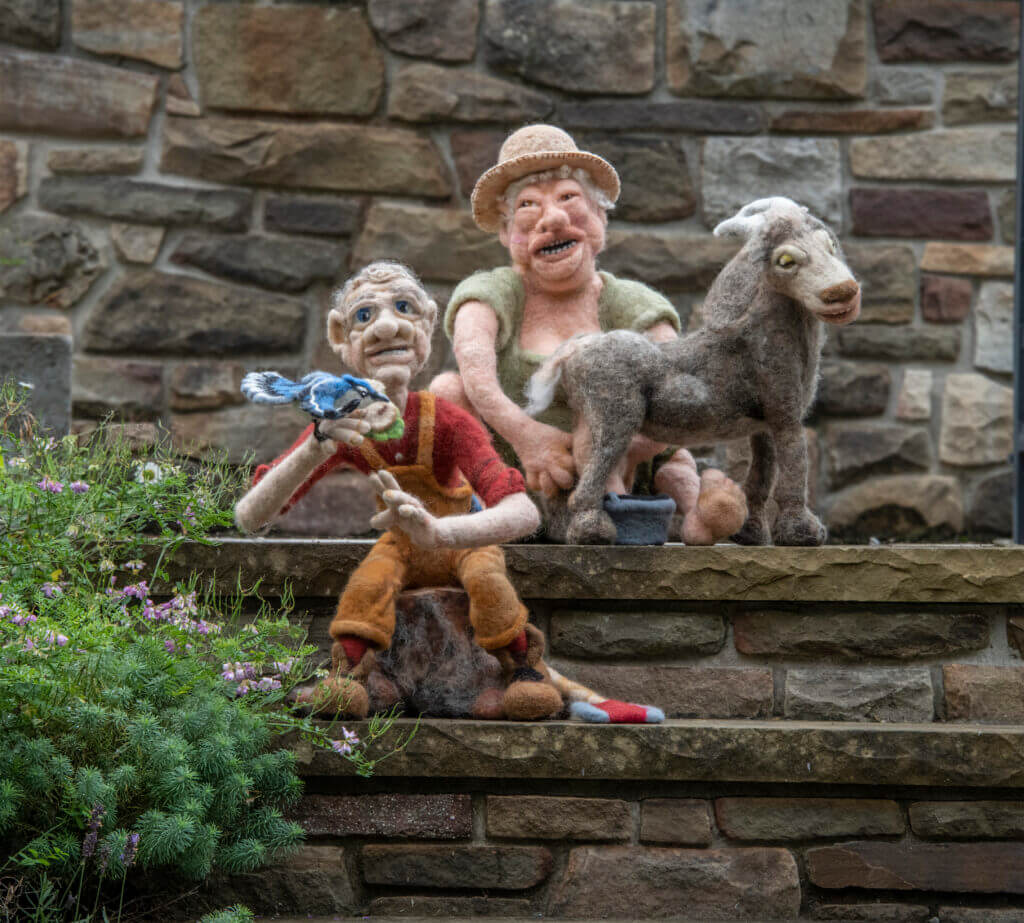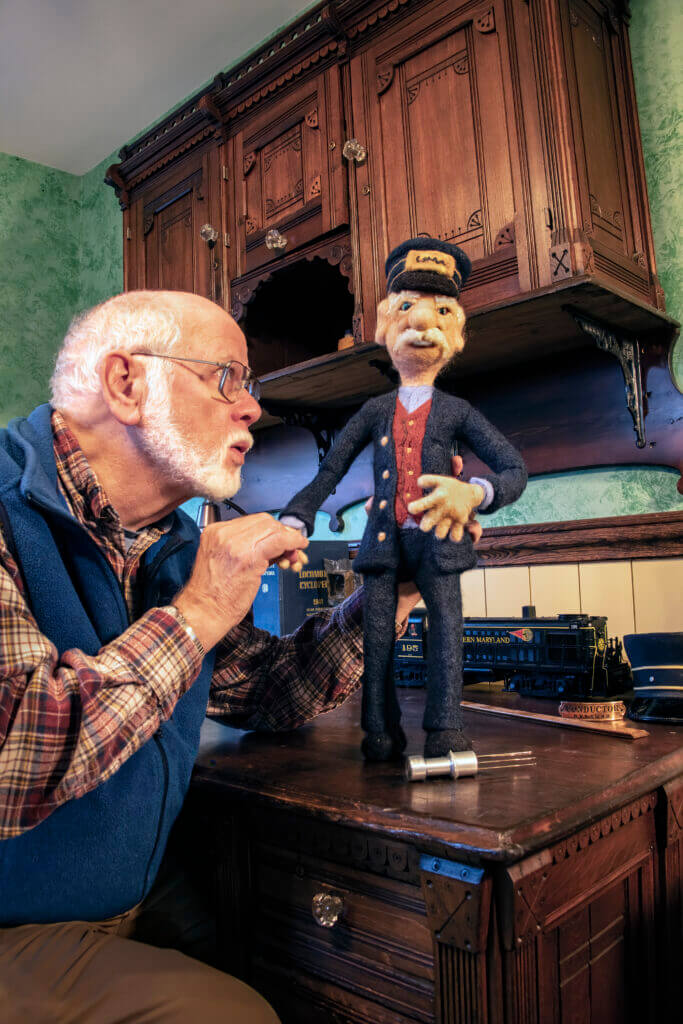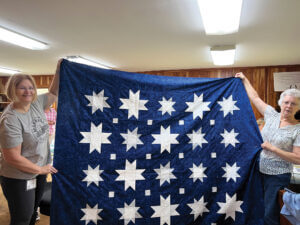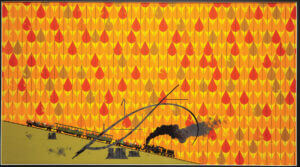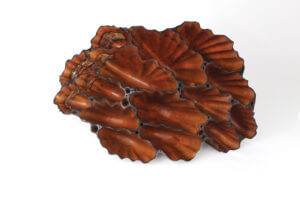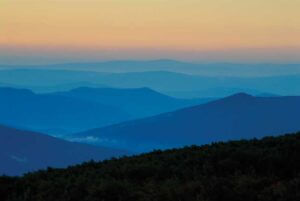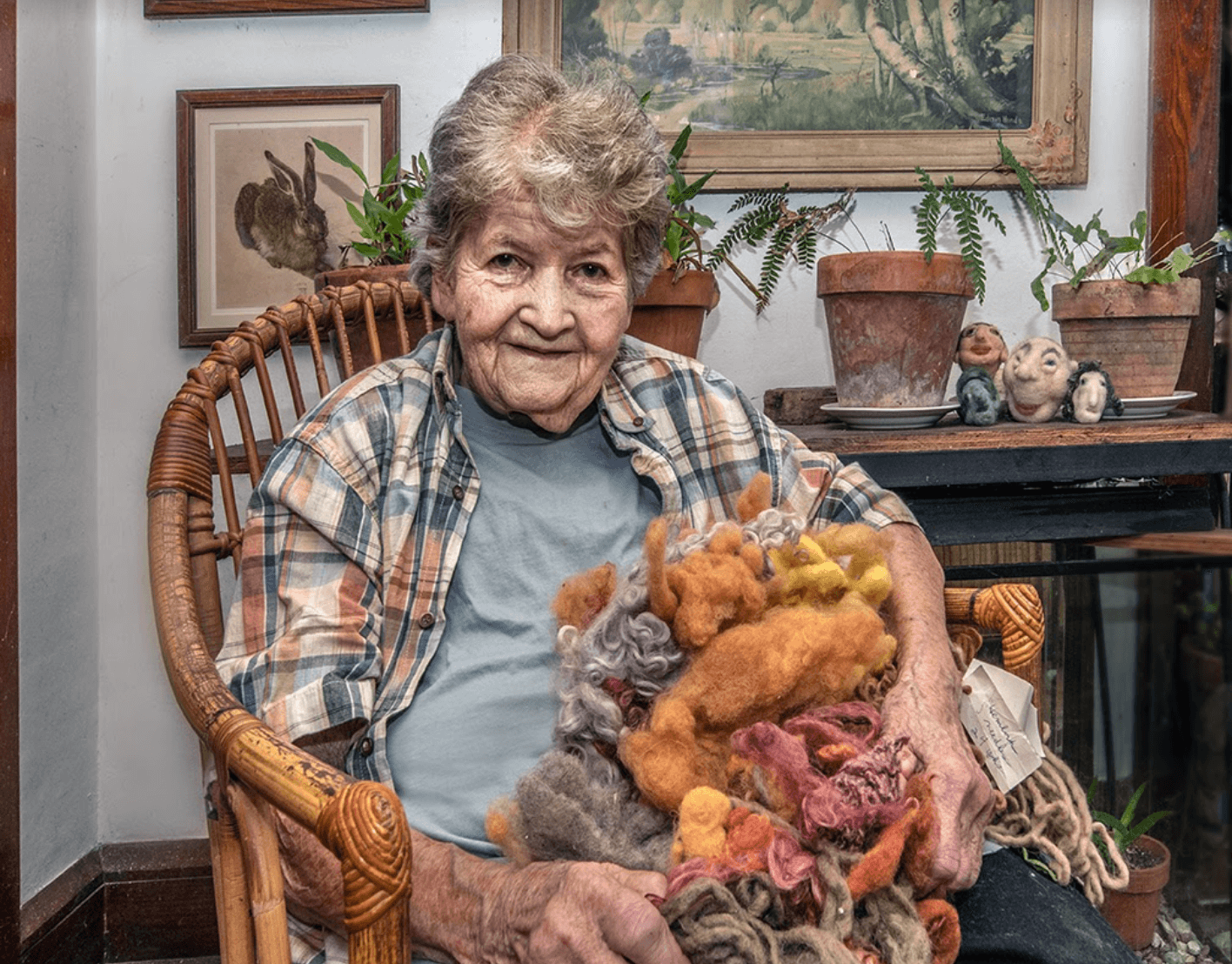
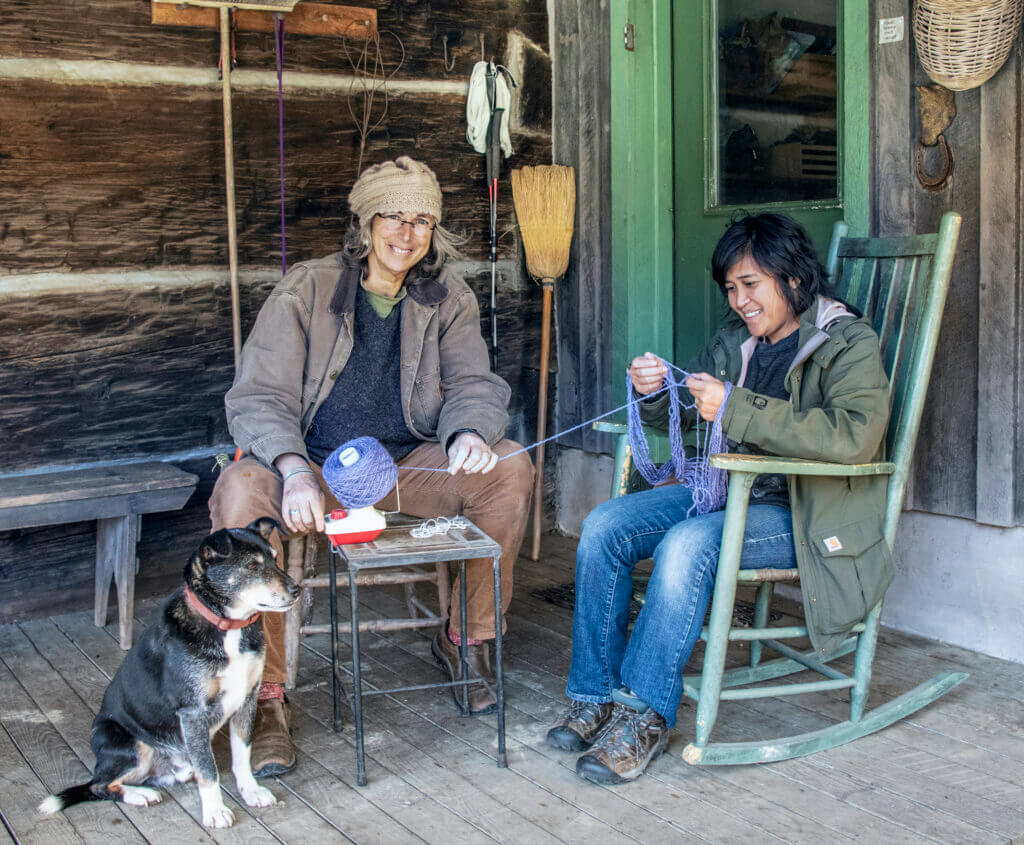
The members of the Mountain Weavers Guild of Randolph County are individual artists creating an imaginative whole.
This story was originally published in the November 2021 issue of Wonderful West Virginia. To subscribe, visit wonderfulwv.com
Written by Belinda Anderson
Photographed by John Terry
Marion Harless moved to Kerens in 1977 and took with her an enthusiasm for weaving, having just completed an apprenticeship in Ohio. She was at her new home when a carload of laughing, chatting women rolled up. They were members of the Mountain Weavers Guild of Randolph County—a local group dedicated to carrying on fiber art traditions.
“We started talking and instantly became good friends,” Harless recalls. “I got here on a Wednesday and went to my first Guild meeting on that Saturday.” At one point many years later, she had a 20-year unbroken record of meeting attendance. Now she’s the group’s oldest member.
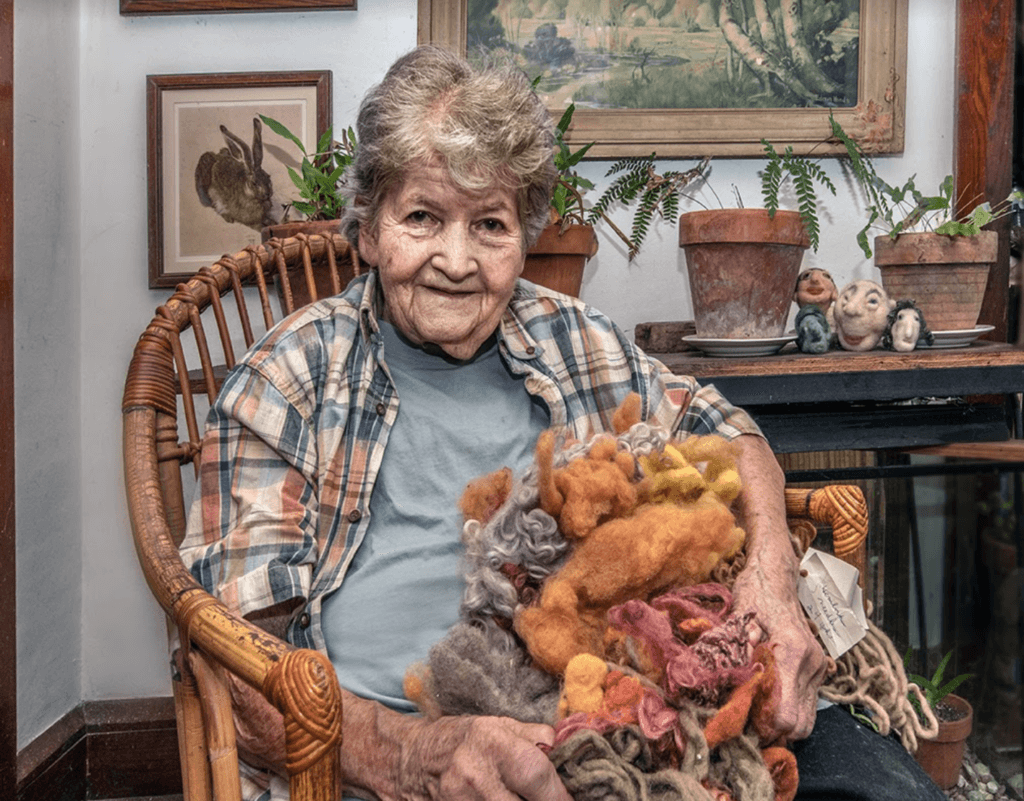
Over the years of Harless’s membership, the Guild’s outreach has furthered the appreciation of the fiber arts. Members have taught and demonstrated at exhibits, workshops, and school programs. They’ve been an important presence in the Augusta Heritage programs and have mentored apprentices. Harless served as a master artist for the West Virginia Humanities Council’s inaugural West Virginia Folklife Apprenticeship Program, too.
“We’ve shown spinning, weaving, dyeing, basketry, and felting to thousands of people,” Harless says, noting the group’s focus on natural fibers for spinning and weaving, local basketry materials, and natural plant dyes. Today, members also use man-made materials, and some have expanded their craft interests into other fiber arts. Harless is considered an expert on native plant usage, and her current focus is needle felting and natural dying.
A Thread Runs Through It
Men and women around the world have produced textiles since ancient times. The weaving traditions brought by Euro-American settlers to the area date back to the 1700s. Harless recounts a story of Esther Westfall Truby, a settler who would not leave behind the spinning wheel her father had made for her as a wedding present. She had the great wheel disassembled and strapped to her horse, and she walked along beside it.
That wheel likely came in handy on the frontier, where homesteaders raised sheep that produced the wool that settlers spun, dyed, and wove. They could produce linen from a crop of flax, too.
The prevalence of home weaving diminished with the increasing availability of reasonably priced cloth and clothing. But Harless credits a Great Depression project championed by Eleanor Roosevelt with helping to preserve the crafts in the region. The Tygart Valley Homestead was one of three federally funded communities that were established in the state in the 1930s and continued until World War II. A weaving center was one of the craft and industry start-ups built in Tygart Valley to provide work. Some of the looms were later sold to weavers who then taught others, according to the West Virginia Encyclopedia.
“It’s a slow way to come out with a scarf,” acknowledged Guild President Margaret Bruning, “but it’s incredibly enriching and satisfying. It’s gratifying to work with your hands, your mind, and your creative eye.”
A Fit for Anyone
The Guild welcomes anyone with a curiosity about, interest in, or talent for the fiber arts, no matter where they are in their artistic journey. Each member has a unique story to tell about how they arrived at the arts and to the Guild.
Bruning’s love and esteem for the fiber arts blossomed after her sister bought her a loom at an estate sale—a loom that happened to already have a project threaded on it. She made four place mats and a table runner from the resulting green and white fabric. “That was my inaugural weaving project,” she says. “I will never meet that weaver and know her intentions. Yet I have her tradition running through my fingers.”
Bruning says she came to weaving from dyeing and hand spinning. She learned about the Guild from a friend. “I came in and sat for a while and thought, ‘I like these people. They’re smart. They’re fun.'” In addition to her participation in the Guild, Bruning worked with a mentor farmer and fiber artist in Preston County for a year through the West Virginia Folklife Apprenticeship Program. She also co-founded a nonprofit called Poe Run Craft and Provisions in Elkins. Its mission includes celebrating and reaffirming Appalachian folk arts and cultural heritage.
John Terry, a retired art and photography teacher, became involved with the Guild through his late wife, Joan, who served as president before Bruning. He found his fiber craft when he and his wife visited Helvetia and saw sculptural figures of a shepherd and sheep on display that were made of needle-felted wool on wire armature.
“It’s the world’s most tedious craft,” Terry says with a chuckle. The barbs on the special needle act in an opposite way from fish hooks, catching on the in stroke and releasing on the out stroke. “You work all day long, tap, tap, tap,” and the result is a densely matted three-dimensional textile.
Terry has produced a number of needle-felted sculptures, including a woodcutter sitting on a needle-felted stump with his needle-felted axe nearby. Or his cheekily smiling needle-felted milkmaid and goat standing patiently by waiting to fill the needle-felted pail of needle-felted milk.
While Terry’s craft requires a considerable commitment of time and focus, he speaks in admiration of those who weave on looms. “That’s an exacting, demanding process.”
One of the Guild’s youngest members is Kiki Alba of Tucker County. She was drawn both to the tradition of weaving and the Guild’s mission to pass on knowledge. She teaches art history, and she appreciates how open and evolving the group is. She prefers to use a lap loom that allows her to create a smaller weaving project in less than an afternoon.
“I think one of the misconceptions about weaving and the fiber arts is that it’s old-fashioned and expensive,” Bruning says. “It can be, but we can bring it to a contemporary consciousness.”
Members agree that the results can be very rewarding. Many of them also reflect that, while the recent growth in online tutorials provides learning options, their own experience tells them that in-person is best. “It won’t ever replace what it’s like to sit down in person and explore together,” Bruning says.
The Guild’s Future
Poe Run Craft & Provisions, in conjunction with the Tiny Llama art supply shop in Thomas and with support from the Central Appalachia Fibershed, is sponsoring a West Virginia Fiber Arts Party in the spring of 2022.
The Guild is working on a challenge that will culminate in an exhibition event at the party. Any member of the public who is interested in the fiber arts is invited to participate in the challenge.
“It’s a group challenge to create personal works with the same fleece,” Bruning explains. For $5, each participant receives eight ounces of wool. “It’s a project for all artists, all techniques, all ages, all levels. Participants are welcome to create anything fiber-related, whether it’s weaving, dyeing, sculpture, or even a bird house. I am very excited about it.”
In the meantime, anyone of any age and skill level is invited to attend a Guild meeting in Elkins—held the third Saturday of every month—and to become a member. No experience is necessary, and free access to looms is available to members.
More information about the Guild is available at “Mountain Weavers Guild” on Facebook or by contacting Bruning at margaretb@poerun.org.

